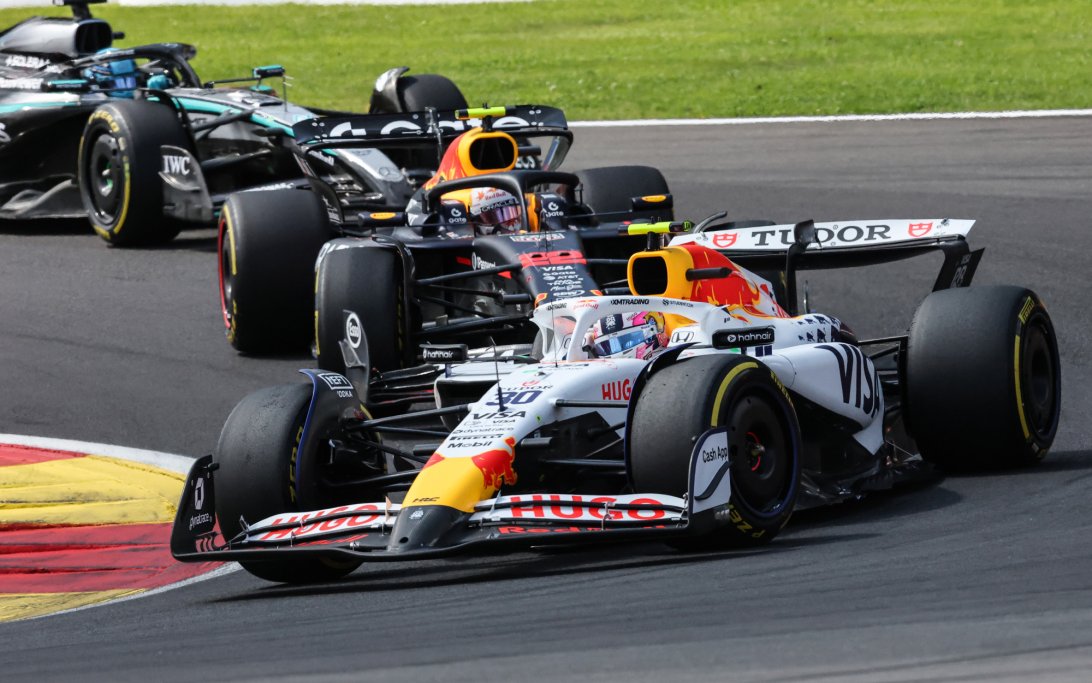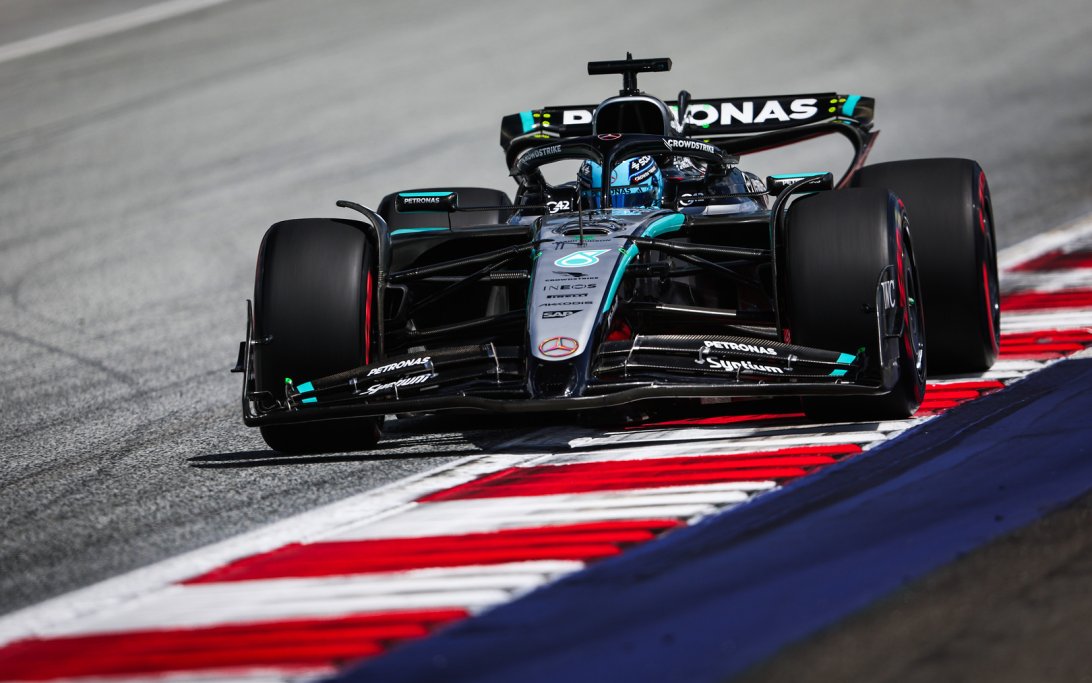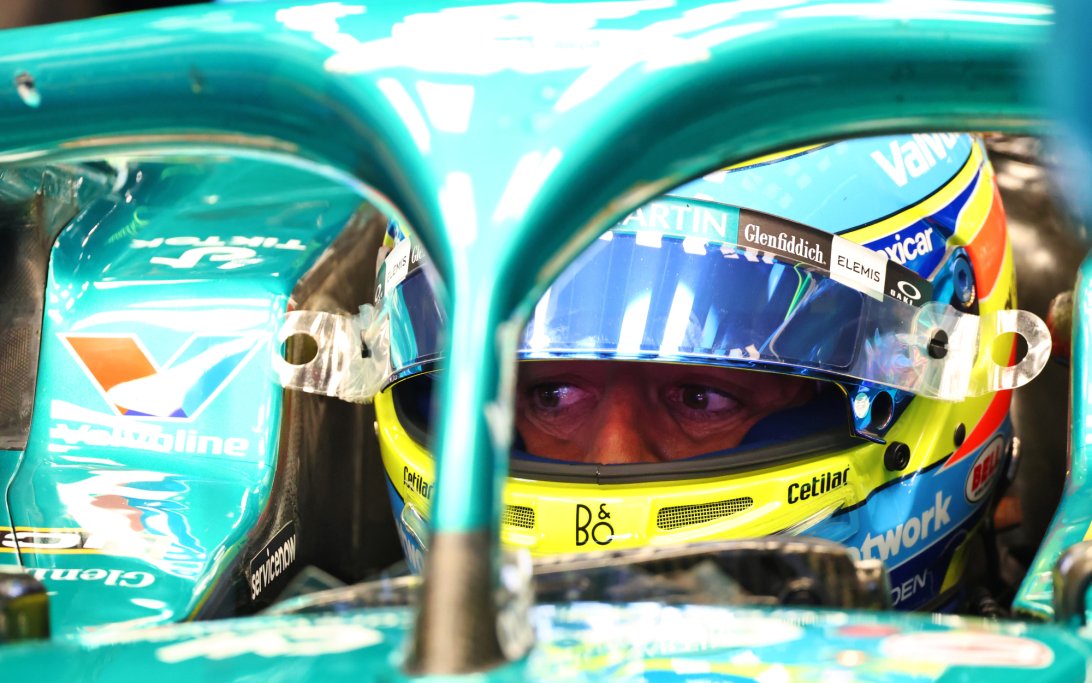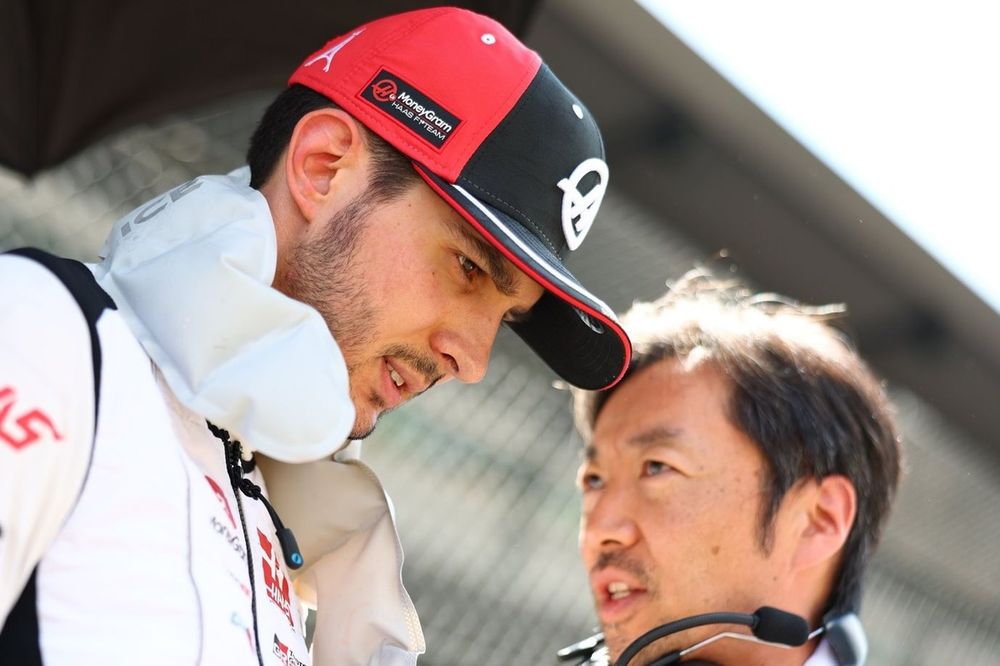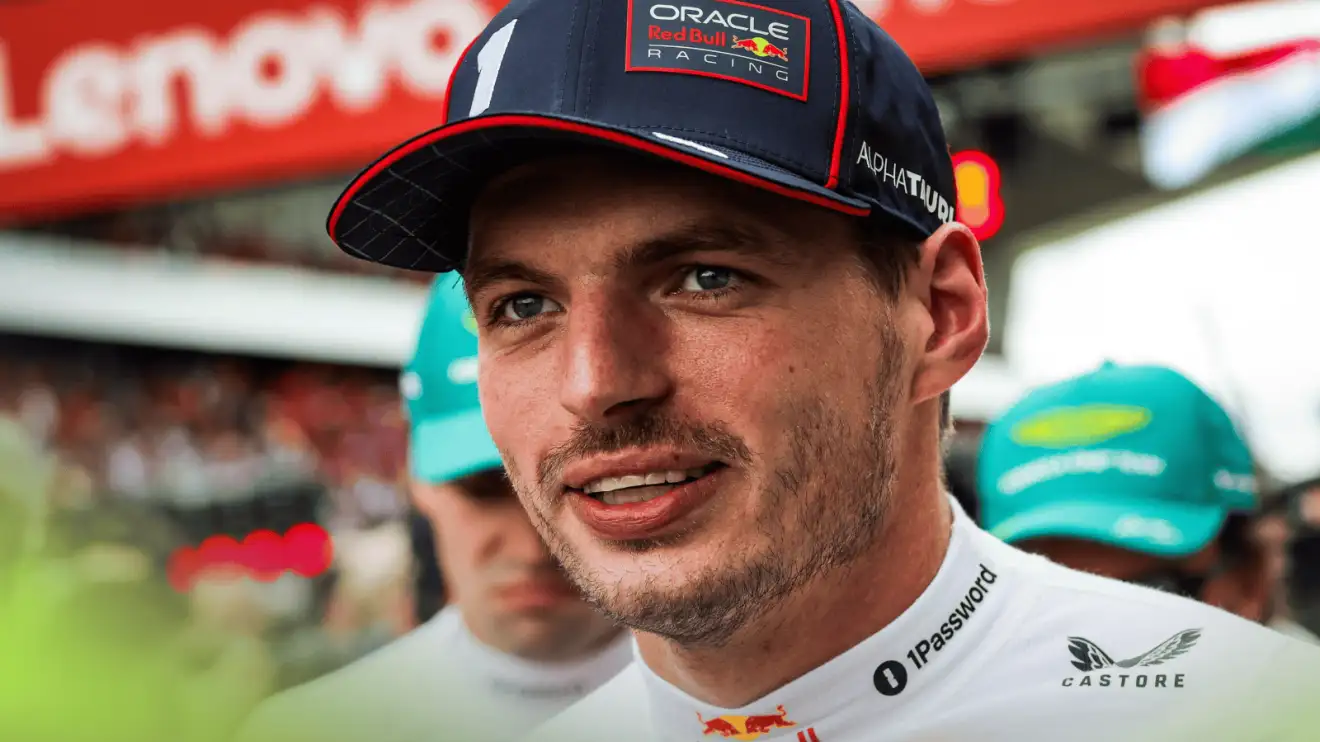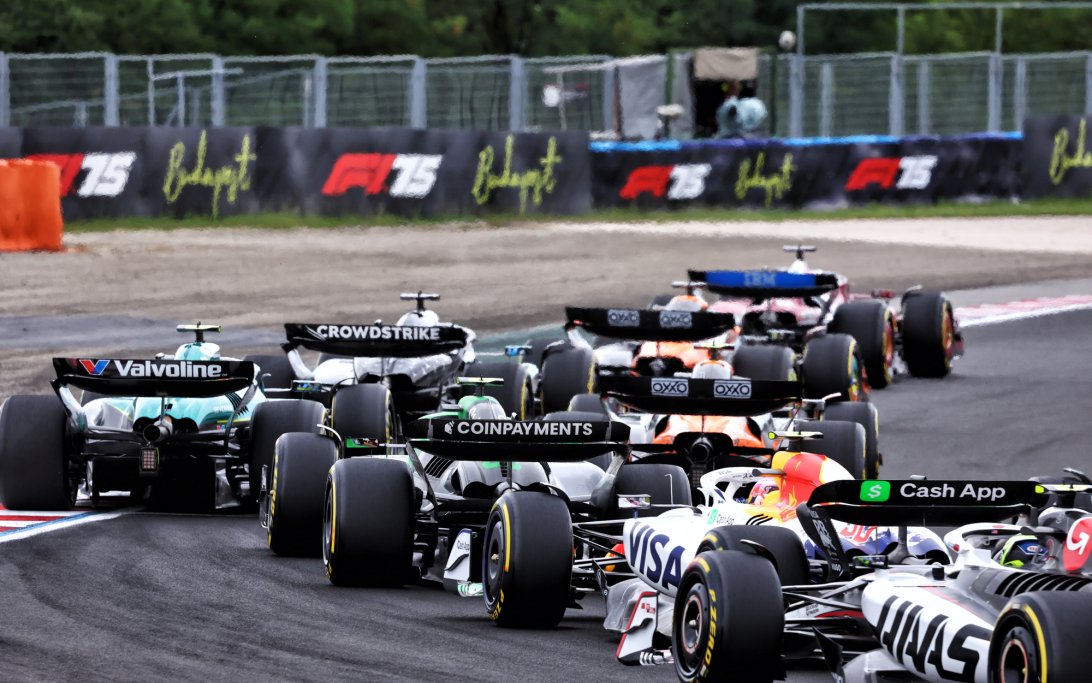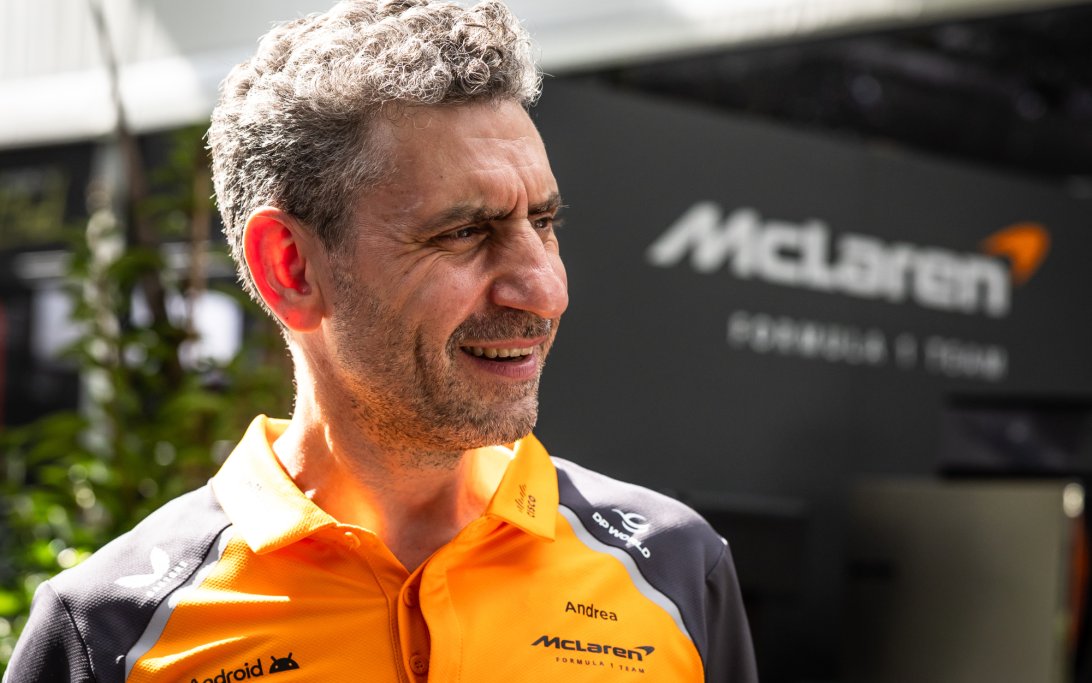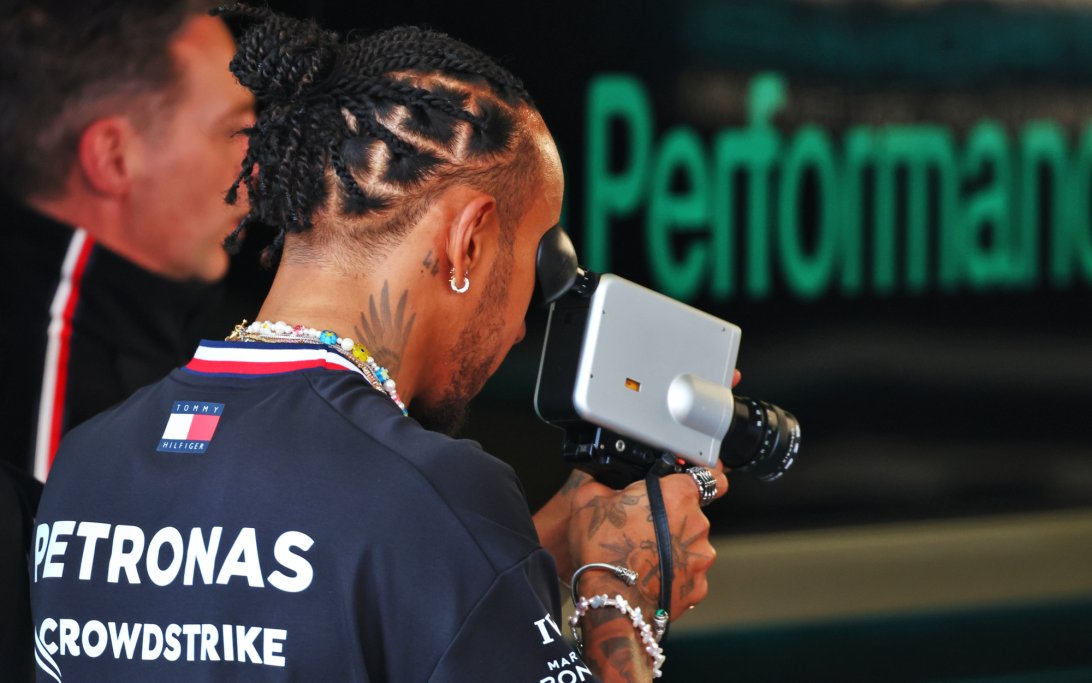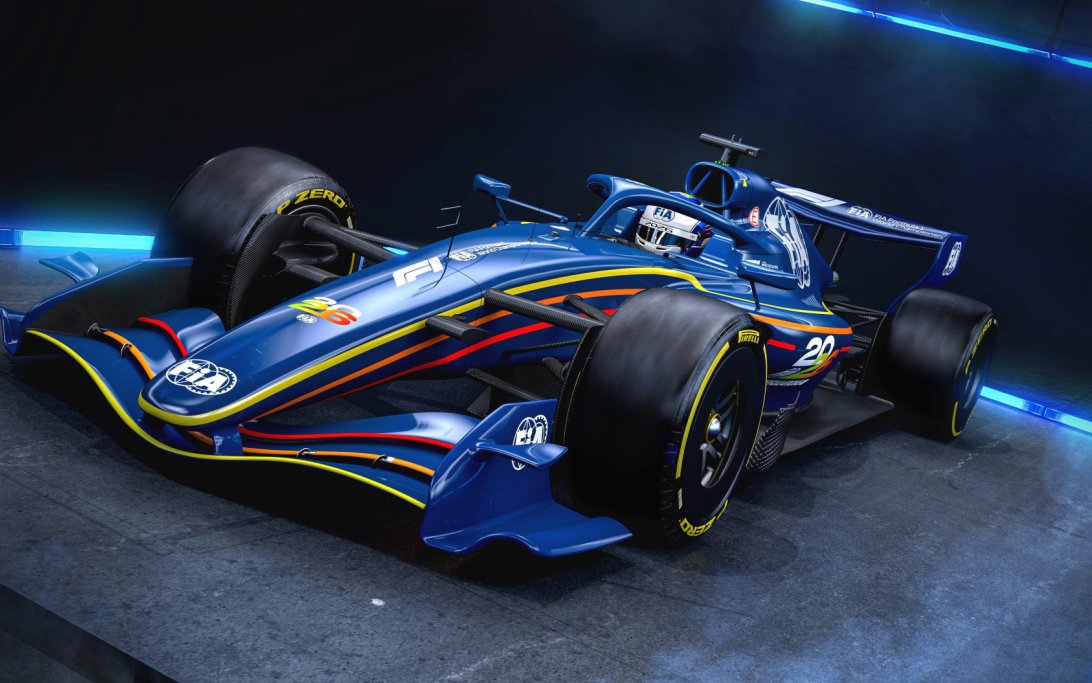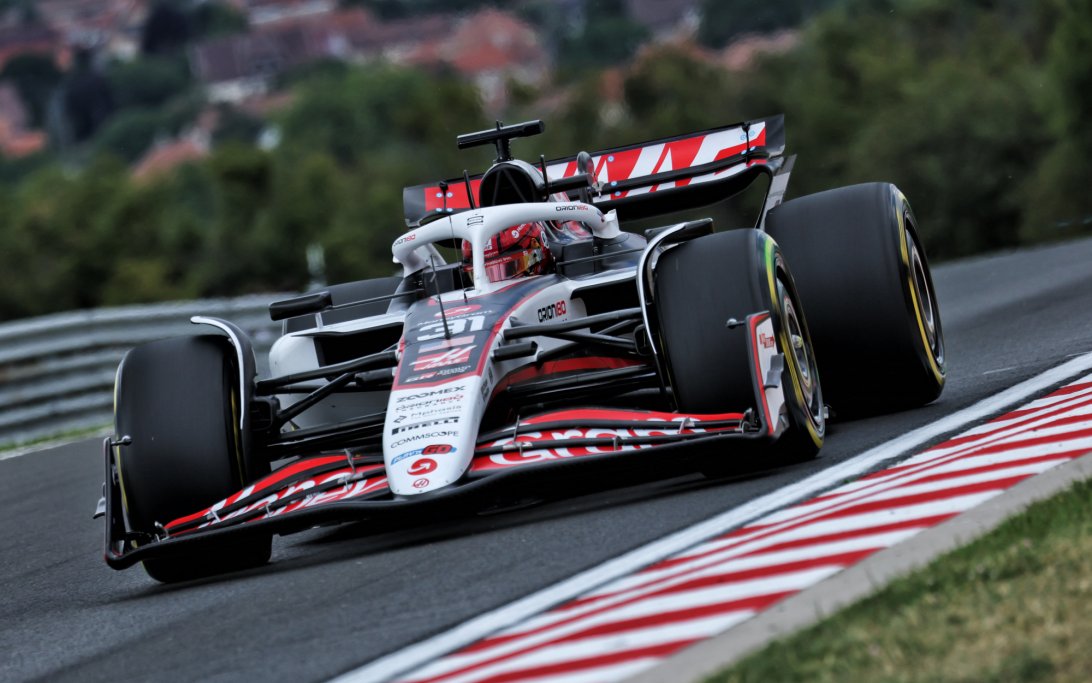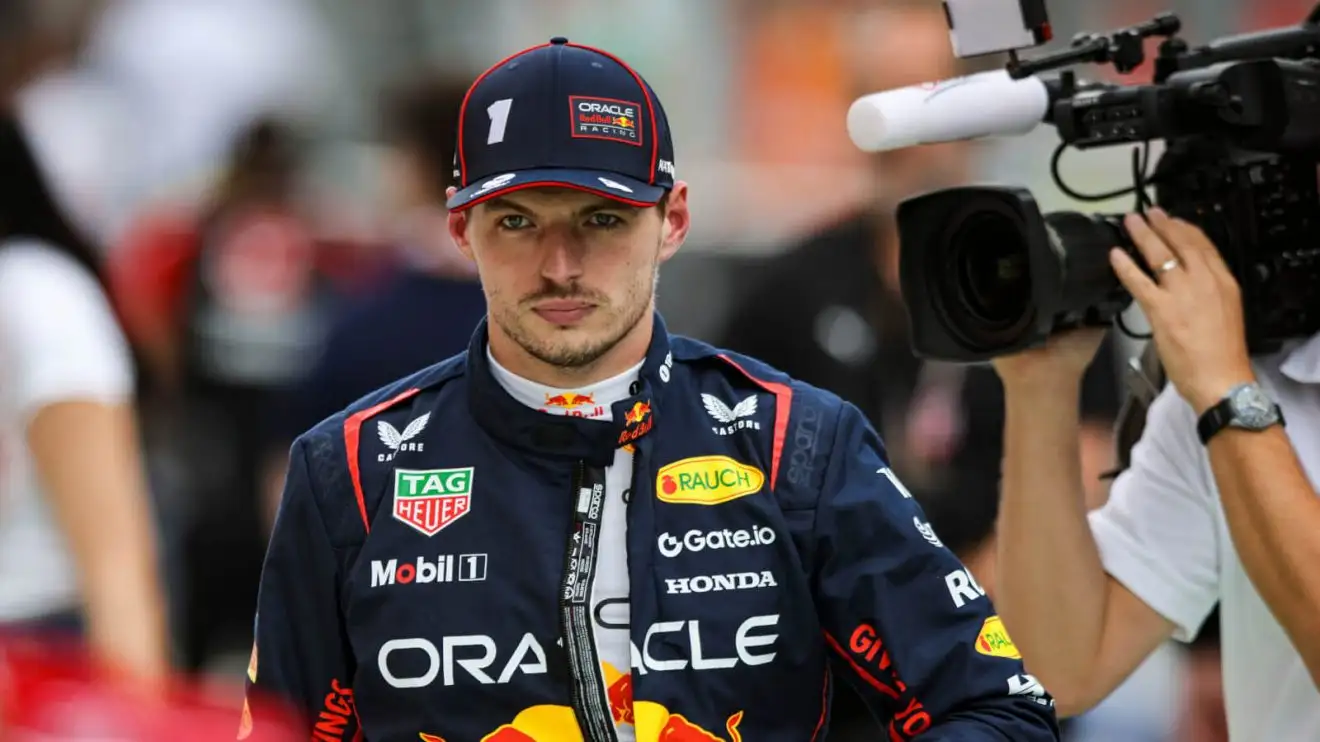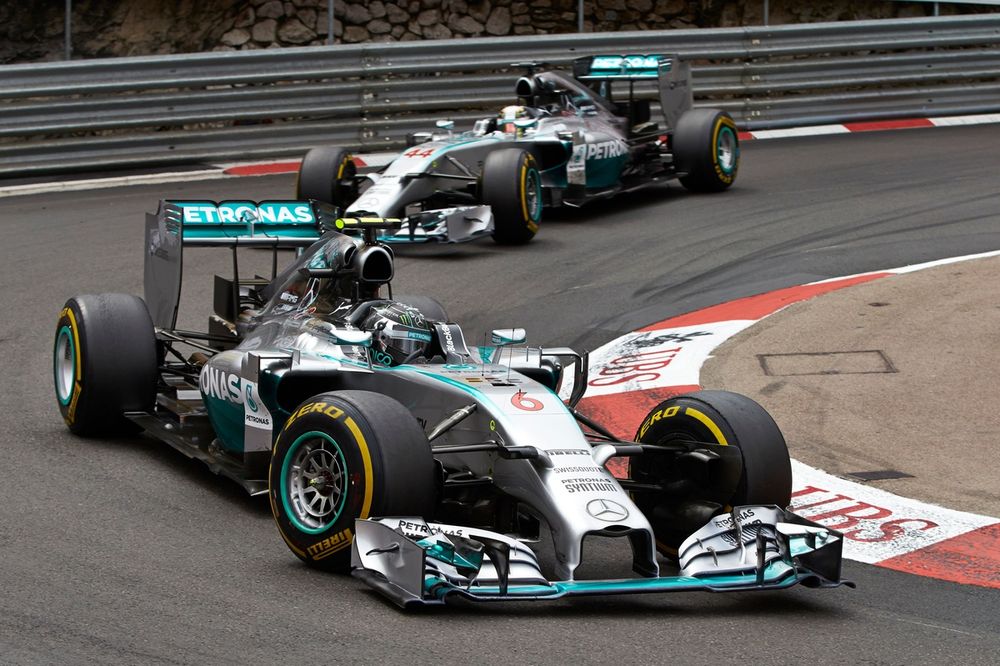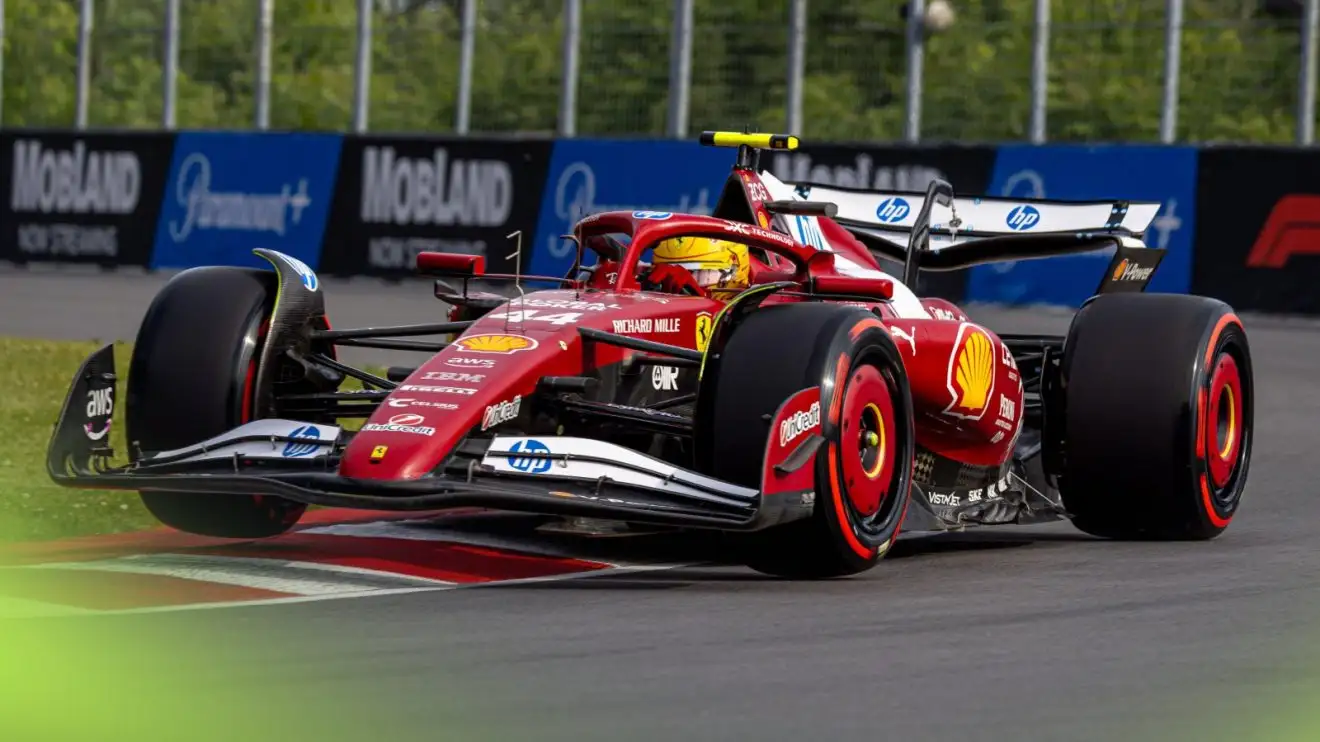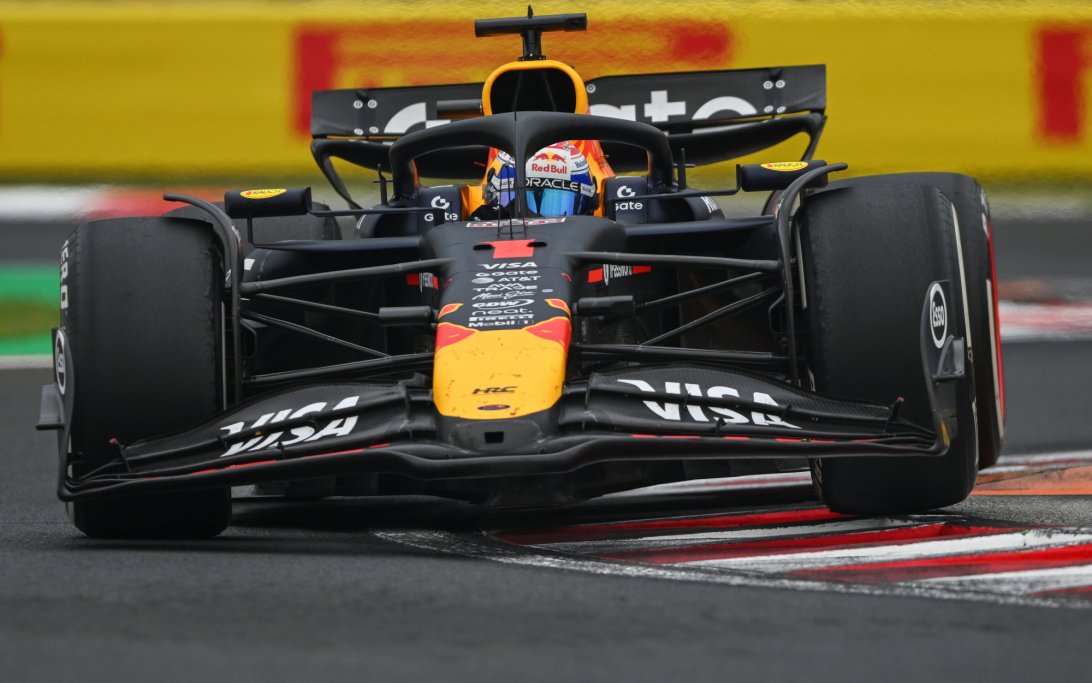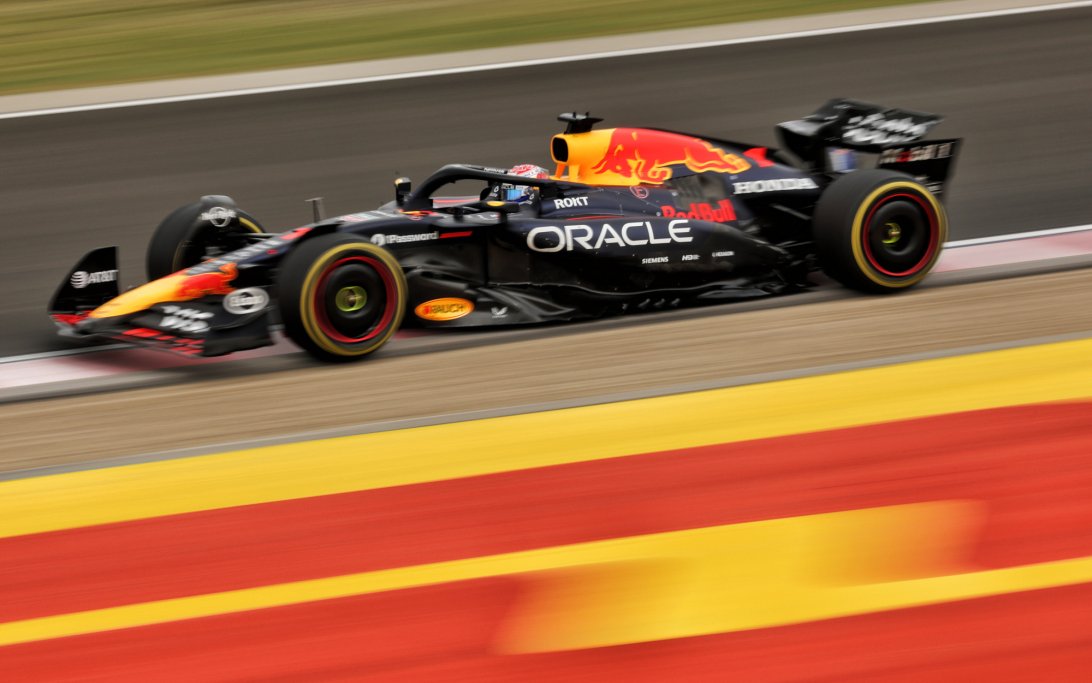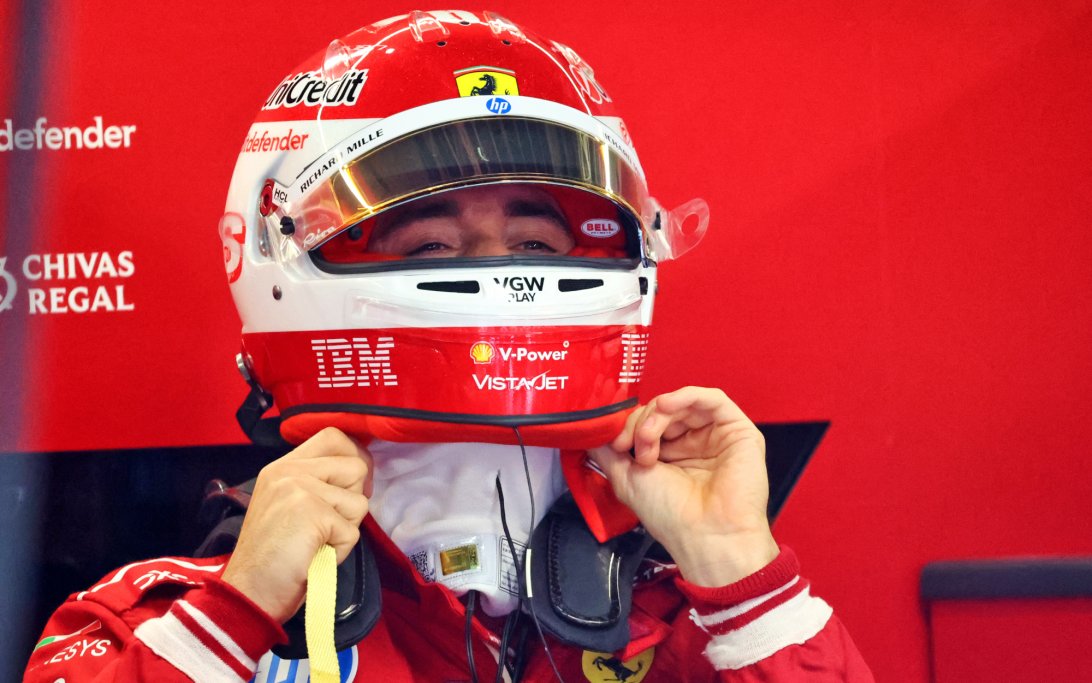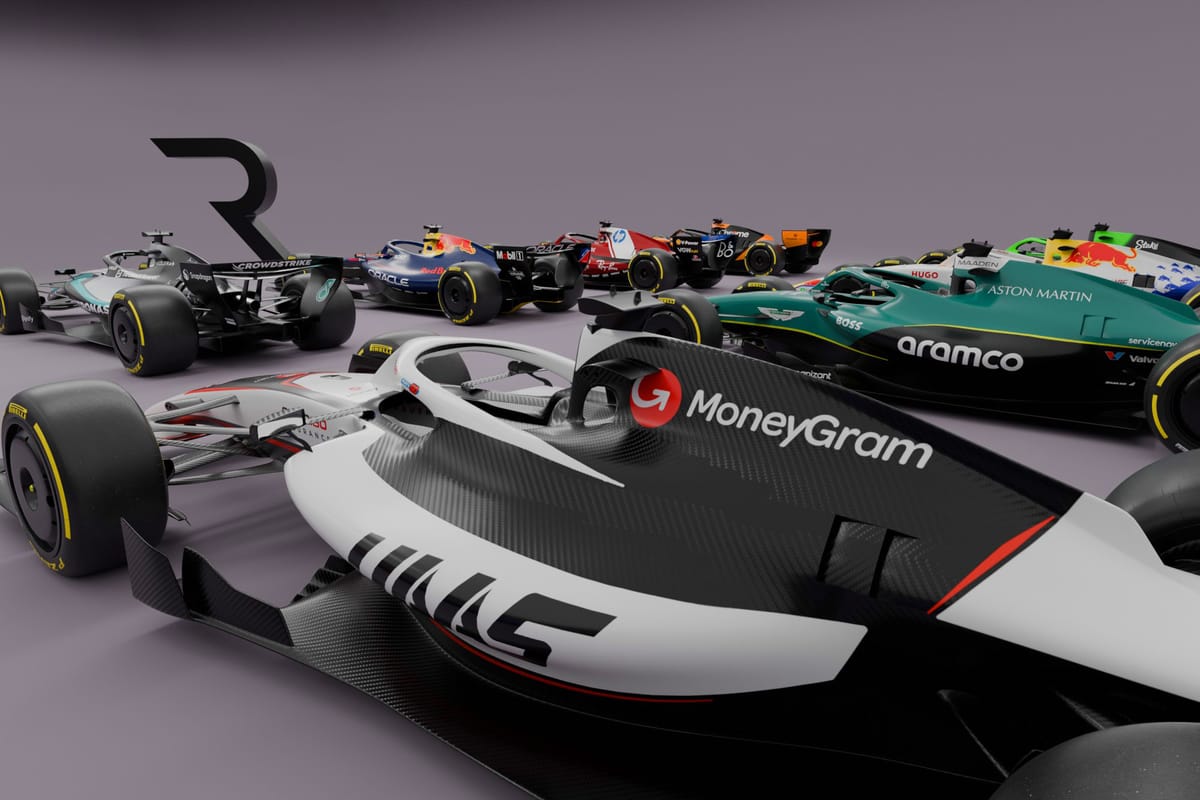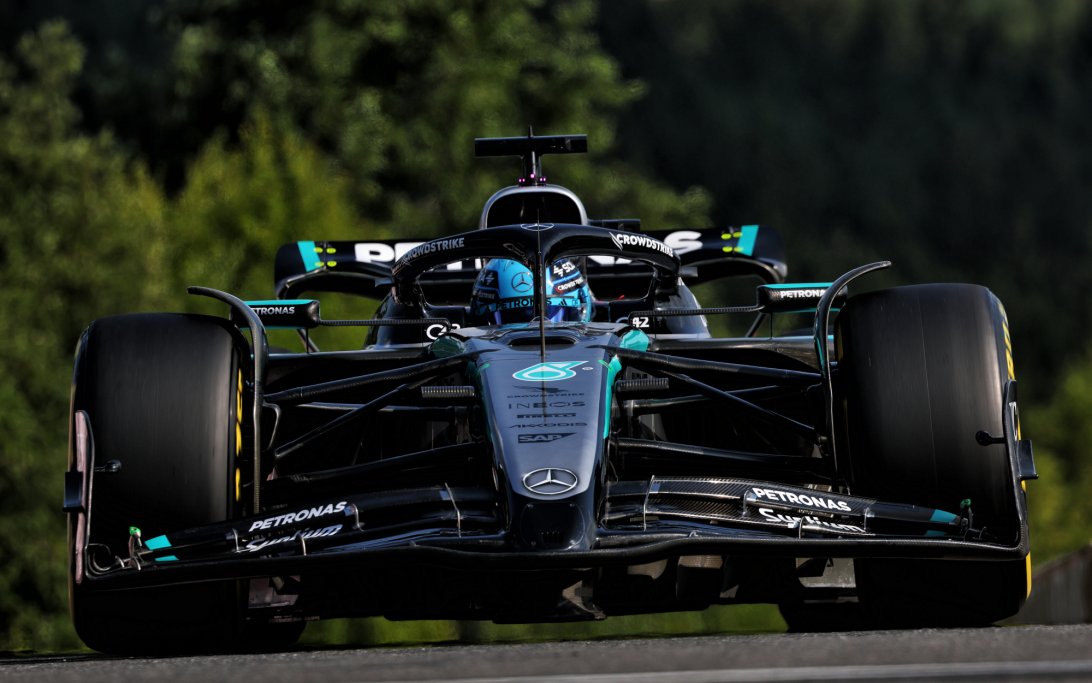Why it matters:
Concerns have mounted regarding the speed of the next generation of F1 cars, with some speculating they could be as slow as F2 machinery. The FIA confirms an initial speed reduction but reassures that it's a temporary phase, anticipating rapid development.
The big picture:
FIA single-seater director Nikolas Tombazis stated that 2026 F1 cars are projected to be initially between one and two-and-a-half seconds slower per lap. He expressed surprise at the public's focus on lap times, noting that historical slowdowns haven't harmed the sport and differences of 1.5 seconds within the field are common and barely noticeable to spectators.
Key Changes for 2026:
The upcoming regulations bring significant overhauls to both chassis and power unit designs:
- Active Aerodynamics: Ground effect and DRS will be replaced by active front and rear wings, with configurations for straights and corners.
- Reduced Downforce & Drag: This intentional reduction aims to create better racing, naturally making the smaller, lighter cars slower at first.
- Power Unit Split: Electrical power contribution will increase from 15% to a 50/50 split with the internal combustion engine (ICE).
The 'Clipping' Concern:
A major worry revolves around 'clipping,' where electrical power reaches maximum deployment too early on straights, reducing top speed. This issue is expected to become more pronounced with the new 50/50 electrical split and reduced ICE power.
What's next:
Despite initial projections, Tombazis is optimistic. He assured that teams will quickly develop the cars, mitigating the initial speed loss. He firmly dismissed claims of F1 cars dropping to F2 levels, which are typically 10-15 seconds slower. Tombazis acknowledged that some teams might initially be at a disadvantage as not all data on expected downforce is available.



